2025 Upgraded Outdoor Cat Repellent With Ultrasonic Protection
$69.99
Keep wildlife out kindly. Our 2025 Solar Ultrasonic Animal Repellent (4-Pack) uses a motion sensor to trigger quick bursts of ultrasonic sound and LED flashes that nudge cats, raccoons, squirrels, rabbits, and deer to move along without traps or chemicals. Ultrasound sits above most adult human hearing but within cats’ range, so it works quietly for people while remaining noticeable to animals. Long-running garden trials (RSPB/CATWatch) found these devices reduce cat intrusions over time when placed correctly.
Description
If deer nibble your roses at dawn or a bold raccoon keeps testing your compost lid at night, you need help that is humane, quiet, and easy to live with. The 2025 Upgraded Outdoor Cat Repellent With Ultrasonic Protection brings together solar power, a motion-activated sensor, and adjustable ultrasonic output to discourage problem visitors without traps or chemicals. Field studies have shown that well-placed ultrasonic cat deterrents can cut garden incursions and the time cats spend in your space, while motion-triggered scare tactics work best when you treat them like tools in a broader, sensible yard plan.
Think of these units as courteous sentries. During the day they charge on sunlight, then at the first sign of movement they pulse targeted sound and a quick flash to make animals uncomfortable enough to move along. Typical PIR motion sensors used on devices in this class detect movement within roughly 8 to 12 meters and about a 100 to 120 degree arc, which is ideal for watching over beds, paths, and entry points when you angle them correctly.
Key Customer Benefits
- Humane, chemical-free protection that really discourages visits. Independent garden trials on ultrasonic cat deterrents found fewer incursions and shorter visit times when devices were placed correctly. One 18-week field study reported about a forty six percent drop in garden entries and a seventy eight percent reduction in how long cats lingered. That is a practical win if you want less fouling and less stalking of songbirds without harming animals.
- Motion-activated response means sound only when it is needed. A built-in PIR sensor watches a fan-shaped zone and triggers output when an animal crosses it, so the yard stays quiet for people. Typical units in this class specify around a one hundred ten degree detection arc with an effective range in the eight to ten meter band. That geometry is ideal for lining beds, paths, and entry points.
- Targets what animals hear, not you. Humans hear roughly twenty hertz to twenty kilohertz, while cats can detect very high frequencies up to around seventy nine kilohertz and many rodents vocalize in the ultrasound range. Adjustable ultrasonic output lets you bias settings toward species you want to discourage while keeping the experience unobtrusive for family and neighbors.
- Solar charging simplifies placement and upkeep. With integrated solar panels, you can position units out where problems happen rather than running extension cords. Recent retail models pair solar with rechargeable batteries and weatherized housings for day-night coverage with minimal maintenance.
- Adds visual startle to break habits. Flashing LEDs provide a quick visual cue that helps startle nocturnal browsers such as deer and foxes. Wildlife groups note that strobe or timed lighting can help, especially when you move devices occasionally so animals do not get used to them.
- Fits a humane, integrated approach. Expert advice for backyard wildlife control emphasizes combining sensory deterrents with simple habitat fixes such as securing food waste, tightening up fencing, and removing cover. Motion-activated ultrasonic units slide neatly into that plan and work best when you reposition them now and then to keep animals guessing.
- Kinder to pets and neighborhoods. Because the device is quiet for humans and does not rely on traps or poisons, it suits pet-friendly streets and shared garden borders where you want to protect beds without creating conflict. Field evidence supports the “discourage and move along” goal rather than harm, which aligns with humane best practice.
Product Description
What this system is (and isn’t)
This 4-pack is a solar-powered, motion-activated ultrasonic deterrent designed to discourage common yard visitors such as cats, raccoons, rabbits, squirrels, skunks, and even deer without traps or chemicals. Each unit pairs a PIR motion sensor with an ultrasonic emitter and a brief LED flash so that deterrent cues only trigger when something enters the zone, keeping your garden quiet for people the rest of the time.
Devices in this class are best viewed as behavior shapers, not force fields: they push animals to spend less time in your beds and to choose easier routes elsewhere, but they are most reliable when combined with basic hygiene such as securing bins or compost and, for deer pressure, plant choices and fencing. University extension guidance consistently frames tech deterrents as one tool in a broader plan.
How it works: motion sensing + targeted sound
Outdoors, PIR sensors watch a fan-shaped cone; when a warm body crosses that cone, the unit fires a burst of sound and a quick flash. Typical outdoor PIRs advertise 10 to 20 meter detection ranges with approximately 120 to 180 degree viewing angles, and installers generally aim for 2 to 3 meter (6 to 10 foot) mounting height to balance coverage and false alarms. If you are protecting low beds, stake the device low and aim slightly downward across open ground; if you are watching a path or fence gap, angle the sensor to catch cross-motion rather than head-on movement.
The ultrasonic part targets hearing bands many garden animals use but adults cannot hear well. Humans perceive roughly 20 Hz to 20 kHz (often topping out nearer 15 to 17 kHz with age), while cats’ upper limits extend well into ultrasound (behavioral audiograms report 64 to 85 kHz). That gap is what lets these devices bother animals without becoming a nuisance for most neighbors, though a minority of people and some pets can notice the higher kilohertz squeal, so placement still matters.
What the evidence says about effectiveness
Peer-reviewed field work on cats in gardens is the most robust. In residential trials, ultrasonic deterrents cut cat incursions by approximately 46 percent and reduced time spent in the garden by approximately 78 percent, a meaningful change for fouling and songbird predation risk around feeders. Another study characterized the effect as moderate but useful, emphasizing correct placement and time for habits to shift. These results align with the RSPB-backed evaluation of a leading UK unit (CATWatch) that concluded intrusions fall and effectiveness increases over weeks of use.
For other wildlife, findings are mixed, which is why we pair these devices with simple fixes. Extension reviews note mild, sometimes short-lived aversion in rodents (animals can habituate, especially if food rewards are nearby), while unrelated conservation trials show ultrasound can alter bat approach behavior at turbines (evidence that ultrasound changes animal decisions, even if the application differs).
Many gardeners say a multi-pack stops regular cat visits until batteries die or units are mis-aimed, while others describe certain animals ignoring the sound, underscoring the need for placement tweaks and occasional repositioning.
Set-up that actually works in a yard
- Map the approach routes. Point units across likely paths such as beds to path, fence gaps, or compost so animals cross the cone, not walk straight at it. Cross-motion triggers PIR sensors more reliably.
- Mind the geometry. Keep clear line of sight; ultrasound behaves more like light than low bass. It reflects off hard surfaces and casts shadow zones behind obstacles. Do not hide units behind pots or foliage.
- Height and angle. Start around 6 to 10 feet high for perimeter watching or stake low and tilt down to protect beds. Aim slightly downward and across the area for the cleanest triggers.
- Stagger frequencies and positions. If your model offers multi-frequency or mode cycling, rotate settings weekly and shift posts occasionally to reduce habituation. Habituation is documented in rodents when food rewards are nearby.
Power, weather, and maintenance
Solar units simplify placement and reduce upkeep. Modern garden repellers typically pair a weatherized housing with a rechargeable cell that tops up daily. In tree shade or deep winter, check charge status and consider supplemental charging (if your model supports USB or replaceable cells). A quick lens clean (sensor window and solar panel) every few weeks maintains range. Forum users commonly report that performance drops immediately when batteries run down, with cats returning, a good reminder to treat power as part of the plan.
Pets, neighbors, and being a good citizen
Despite being ultrasonic, some younger people and some pets can hear higher-pitched output, and community threads show occasional complaints when a unit points toward a walkway or a neighbor’s patio. Use the lowest effective output, aim into your property, and avoid windows or paths where reflections can carry sound. If you keep small pets outdoors such as rabbits or guinea pigs, avoid pointing the device at their enclosure; sensitive species cannot leave the sound the way a roaming cat can.
Where this product shines
If your goal is less fouling, less stalking around feeders, and fewer nightly prowls in beds, a motion-triggered, multi-pack ultrasonic setup is a humane, low-maintenance first line, especially on cat traffic, small mammal scouting, and predictable approach routes. Combine it with secured attractants, selective planting, and tidy edges, and you get durable results that respect wildlife and your neighbors. That approach is exactly what extension and bird-protection groups recommend: use deterrents plus simple environmental fixes to nudge behavior long-term.
Product Specification Table
| Spec | Value (per unit) | Notes |
|---|---|---|
| Power | Solar-rechargeable with internal battery | Many OEMs in this class ship with solar charging and Li-ion cell. |
| Battery | 3.7 V 18650 Li-ion, approximately 1200 mAh | Published on multiple OEM/retail listings. |
| Solar panel | 5.5 V polycrystalline, approximately 0.8 W (approximately 120 mA at 5.5 V), approximately 80 x 45 mm | Typical panel size and wattage for these units. |
| Weather rating | IP44 (weather-resistant/splash-proof) | Common enclosure rating for garden repellers. |
| Motion sensor | PIR (passive infrared) | Standard for motion-triggered ultrasonic repellers. |
| PIR detection angle | approximately 110 to 128 degrees | Typical angles published for comparable cat/animal repellers. |
| PIR detection range | approximately 7 to 12 m (23 to 40 ft) | Cat-specific models quote 10 to 12 m in clear line-of-sight. |
| Ultrasonic frequency (adjustable) | approximately 15 to 60 kHz (multi-species); 20 to 24 kHz on cat-specific devices | PestBye adjustable range; CATWatch emits 20 to 24 kHz. |
| Activation pattern | Motion-triggered bursts with LED flash | Published feature on OEM solar units. |
| Visual deterrent | Flashing LED during activation | Standard on solar multispecies models. |
| Coverage area (single unit) | Up to approximately 125 square meters (1,350 square feet) in optimal placement | Documented by RSPB-approved CATWatch; use as realistic upper bound in open areas. |
| Materials | UV-stable ABS housing; stake mount | Typical construction for garden units. |
| Recommended mounting height | Low stake for beds; 0.8 to 2 m (2 ft 7 in to 6 ft 7 in) for perimeter watching | Drawn from outdoor PIR practice; cross-motion triggering is most reliable. |
| Human vs. cat audibility (context) | Humans 20 Hz to 20 kHz (practical upper limit often lower with age); cats measured up to approximately 79 to 85 kHz | Explains why ultrasonic output can bother cats but be unobtrusive to most people. |
Setup & Placement
Unbox, power, and a check
Stake each unit where it gets direct sun for several hours a day so the internal rechargeable cell tops up reliably. After mounting, walk across the target zone to confirm the PIR sensor triggers and the LEDs flash, then step out of view to be sure the yard returns to quiet. Outdoor PIRs commonly cover 12 to 15 meters (40 to 50 feet) with approximately 120 degrees width when mounted around 2 to 2.5 meters (6.5 to 8.5 feet). You do not need that full reach for gardens, but the spec tells you these sensors expect a clear, open fan of view.
Aim for crossings, not head-on movement
PIRs detect side-to-side motion best. Point units across the animal’s typical route such as beds to path, along a fence line, or toward a compost corner rather than straight at a gate they will approach head-on. Keep line-of-sight; ultrasound behaves more like light than bass, so pots, dense shrubs, or steps can create shadow pockets animals slip through. If you must cover around objects, use two units with cones that overlap. Installer notes and pro sensor documents consistently show angle, height, and cross-motion are what make PIRs reliable outdoors.
Dial the sound with species in mind
Humans hear roughly 20 Hz to 20 kHz (often lower at the high end with age), while cats reach well into ultrasound, with classic behavioral audiograms placing their upper limit around 85 kHz. That gap is why these devices can bother cats and small mammals without becoming a nuisance for most neighbors. Start on the manufacturer’s cat or small-mammal setting, then adjust weekly. If you keep pets or have close neighbors, begin at the lowest effective output and aim into your property, not toward patios or windows.
What results to expect (and when)
Best evidence comes from garden trials on free-roaming cats: incursions dropped about 46 percent and time spent in the garden fell about 78 percent once ultrasonic deterrents were in place. Studies describe the effect as moderate but useful and note that effectiveness rises over weeks as cats learn your yard is annoying to traverse.
For rodents and some other wildlife, university extension reviews report mild, sometimes short-lived aversion and warn animals can habituate, especially when food rewards are nearby. This is why rotation of positions and modes and basic hygiene such as securing bins and removing attractants matter.
Reduce habituation the smart way
Rotate frequency and mode weekly if your unit supports it, and shift the stake by a meter or two every couple of weeks. If a critter keeps visiting a bait source, fix the source: seal feed bins, move bird seed spills, and tidy grease or food residue. Extension literature and historical efficacy reviews on sonic and ultrasonic tools emphasize that mixed tactics beat any single gadget over time.
Common “why isn’t it working?” moments
- False quiet or sudden return of visitors: Check battery charge and clean the sensor window and solar panel. Many user reports and field notes show performance collapses when power dips. Re-aim so animals cross the cone, not walk straight at it.
- Neighbors or family hear it: High-frequency hearing varies. Re-aim downward, use the lowest effective setting, and avoid pointing toward walkways or patios. Noise-exposure work and welfare studies remind us ultrasonic energy is real, so be considerate.
- Rodents ignore it near food: That is classic habituation. Remove or reduce the reward, then reintroduce the deterrent with a different angle or mode.
Peer-reviewed cat studies demonstrate meaningful behavior change without harm. Respected wildlife and IPM programs caution that no single repellent is a silver bullet, but that deterrents plus environmental fixes deliver durable results. That is the playbook we are following here.
Frequently Asked Questions
1) Do ultrasonic cat repellents really work?
Yes, somewhat, and most reliably on cats. A peer-reviewed garden study found an ultrasonic unit reduced cat incursions by approximately 46 percent and time spent by approximately 78 percent. The RSPB’s long trial of CATWatch also concluded intrusions fall and effectiveness improves over weeks. Expect a helpful, not perfect, reduction, best when combined with simple hygiene such as securing bins and tidying spills and with good placement.
2) How long before I notice results?
In field trials and retailer summaries, effects build over time as cats learn your garden is unpleasant to cross, typically a few weeks of consistent operation.
3) What coverage and detection angle should I expect?
Most units in this class specify a PIR angle around 110 degrees with an effective trigger distance of approximately 7 to 12 m (23 to 40 feet) in clear line-of-sight. Aim the device across approach routes, as cross-motion triggers best.
4) Are ultrasonic repellents safe for cats and other pets?
They are designed to annoy, not injure. Major sources describe them as humane deterrents. That said, some pets and a few people can hear the output and may find it irritating, so re-aim or use the lowest effective setting if anyone notices the sound.
5) Can my neighbors hear it?
Sometimes. Forum posts show a minority of users do hear certain devices or mis-tuned units and find them annoying. If this happens, re-aim downward, avoid pointing toward walkways or windows, and verify the unit is not false-triggering in the wind.
6) Will it bother hedgehogs or wildlife I want to keep?
Some hedgehog advocates caution that ultrasound can make hogs flinch or avoid areas. If hedgehogs are regular visitors, do not aim at their routes or choose other measures near feeding stations.
7) Do animals get used to (habituate to) the sound?
They can. Independent reviews and expert roundups warn that ultrasound alone is not a silver bullet and pests may adapt. Rotate positions and modes and pair with basic IPM such as removing attractants and blocking entry points for durable results.
8) Does it work for raccoons, squirrels, or deer?
Results vary by species. Evidence is strongest for cats. Broader expert guidance says do not rely on ultrasound alone for mixed wildlife. Combine it with fencing, plant choice, and sanitation.
9) What frequency do these use, and why cannot most people hear it?
Devices typically emit in the approximately 15 to 60 kHz band, above most adult human hearing but within cats’ upper hearing range, which helps target animals while staying unobtrusive for many people. Exact ranges vary by model.
10) Is there peer-reviewed science on a specific device?
Yes. The CATWatch unit is repeatedly cited. A two-year RSPB-supported trial concluded it reduces cat intrusions and works better the longer it is installed. Earlier applied-science papers describe the overall effect as moderate but useful.
11) Where should I place it for best results?
Give the PIR a clear, open fan of view, approximately 110 degrees, and aim across the path animals take. Keep the line-of-sight free of pots or steps that create shadow zones, and avoid pointing at patios or neighbors.
12) What about power and weather?
Most solar models include a small panel and rechargeable cell. Keep the panel clean and give it direct sun. If the unit starts missing triggers or animals return, check the battery and charge first, as performance drops when power dips. IP44-type housings are common, which are splash-resistant, not submersible.
13) I read claims of “works in 2 to 3 weeks,” is that realistic?
Yes, that timeframe matches many retail listings’ guidance and aligns with habituation and learning periods reported in trials. Cats reduce visits as they learn your garden is not worth it.
14) Are there balanced, third-party views?
Skeptics and consumer communities generally say they can help, but do not expect miracles. Use them as part of a plan, not the only tactic. That aligns with wildlife-care and home-and-garden expert advice.
Conclusion
If you want fewer midnight prowls, less fouling, and calmer garden beds without traps or toxins, a solar, motion-sensing ultrasonic setup is a smart, humane starting point. Multiple studies on garden cats show meaningful behavior change with about a 46 percent drop in entries and 78 percent less time spent once units are placed and left in place, with effectiveness improving over several weeks as habits shift.
That said, no single gadget is a silver bullet. University extensions and wildlife specialists are clear: pair deterrents with simple IPM steps such as securing attractants (bins, feed, seed spills), tidying cover, and considering fencing or plant choices, and you will lock in results far better than with ultrasound alone.
A final placement tip to squeeze out the best performance: aim units across likely approach routes so the PIR sees side-to-side motion through a clear, open fan, and start with low output aimed into your property. This both improves triggering and keeps things neighbor-friendly.
Related products
-
Upgraded 2025 Ultrasonic Repellent for Bugs, Mice, Roaches and Spiders (6-Pack)
$27.38 Buy Now -
Sale!
1-Pack Ultrasonic Pest Repeller Plug-In with Night Light – Indoor Electronic Repellent
$18.99Original price was: $18.99.$16.88Current price is: $16.88. Buy Now -
2025 Solar Ultrasonic Animal Repeller, Motion-Activated Cat and Deer Deterrent
$68.99 Buy Now -
Sale!
360-degree Ultrasonic Mouse Repellent Plug-In with LED Strobe for Homes and RVs
$59.99Original price was: $59.99.$39.99Current price is: $39.99. Buy Now
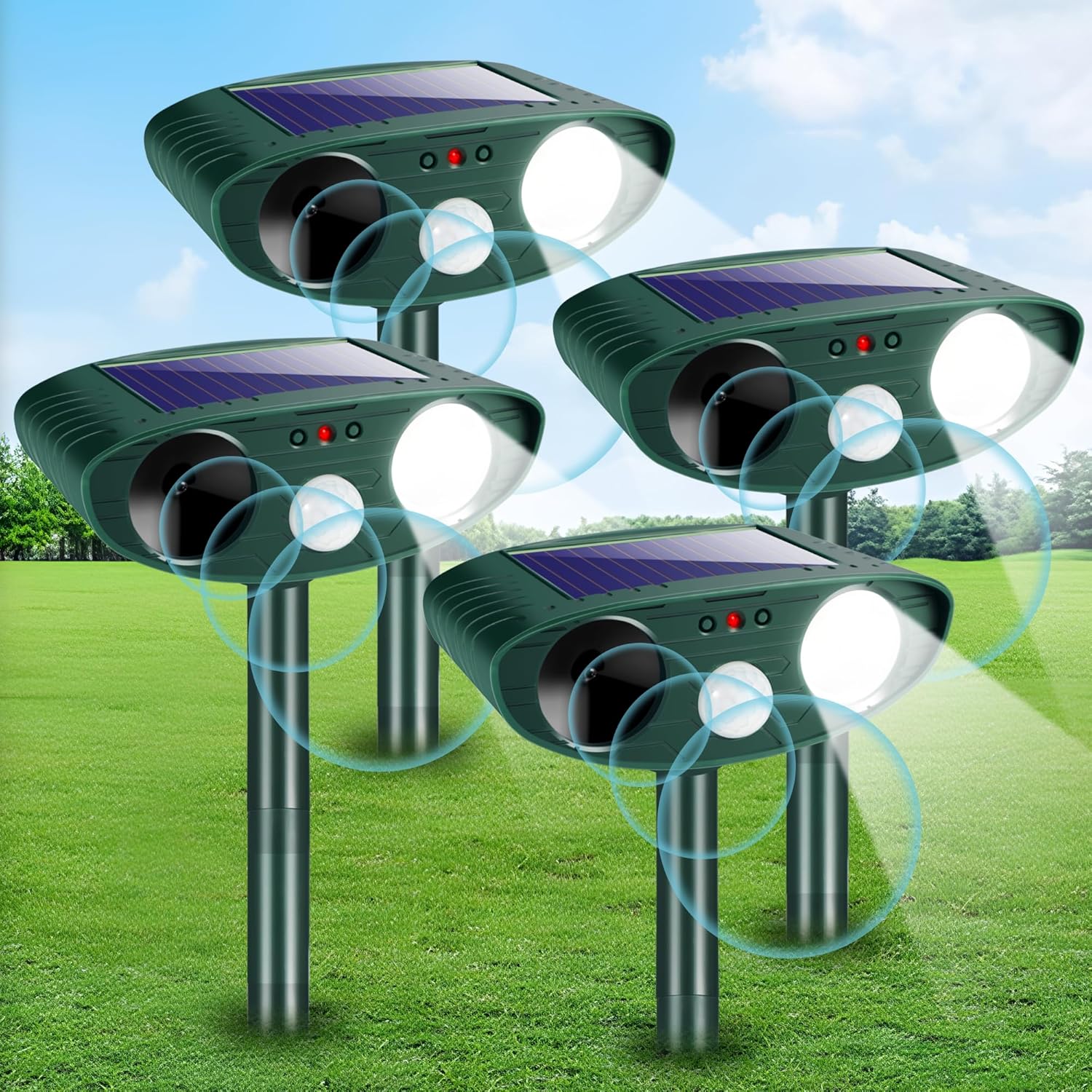
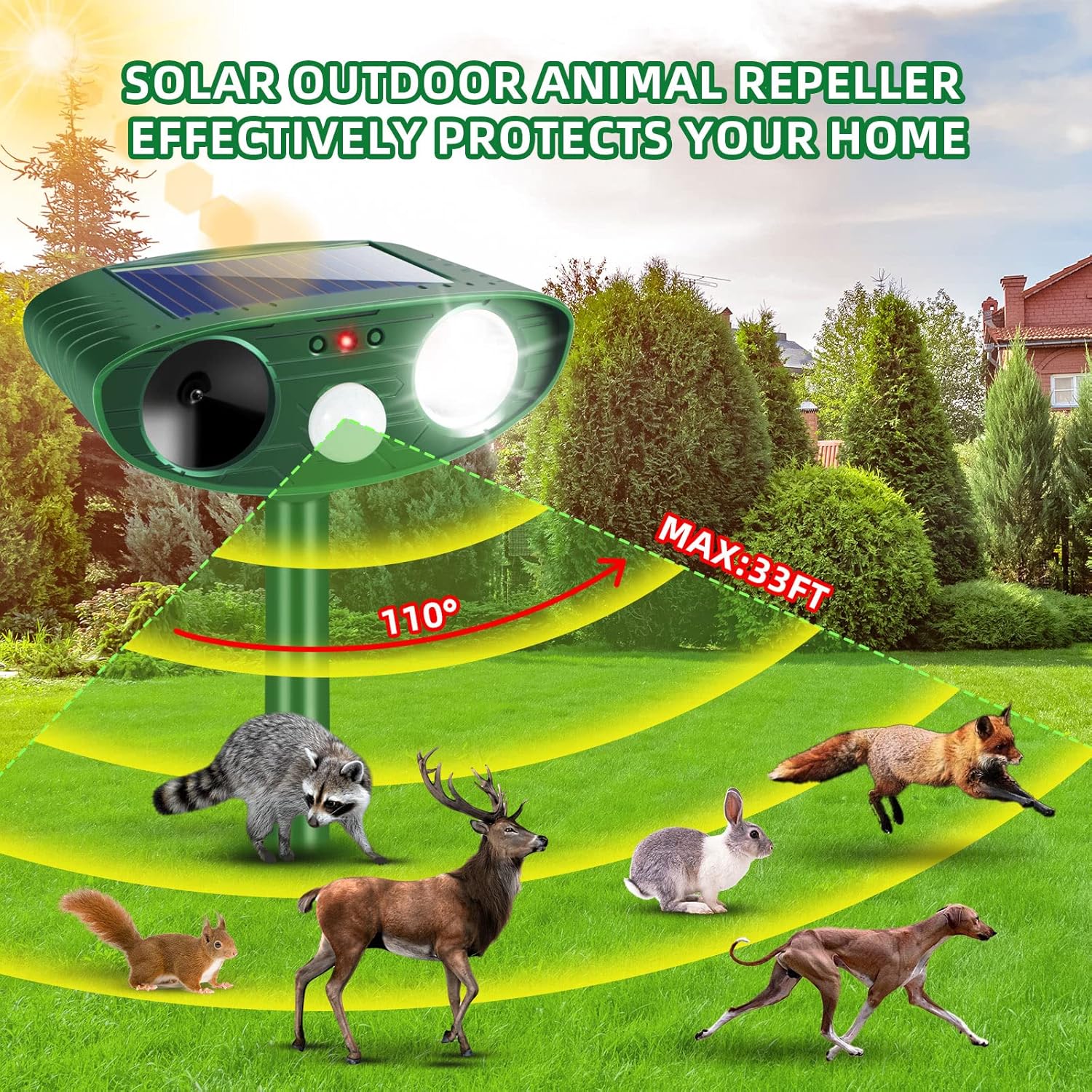
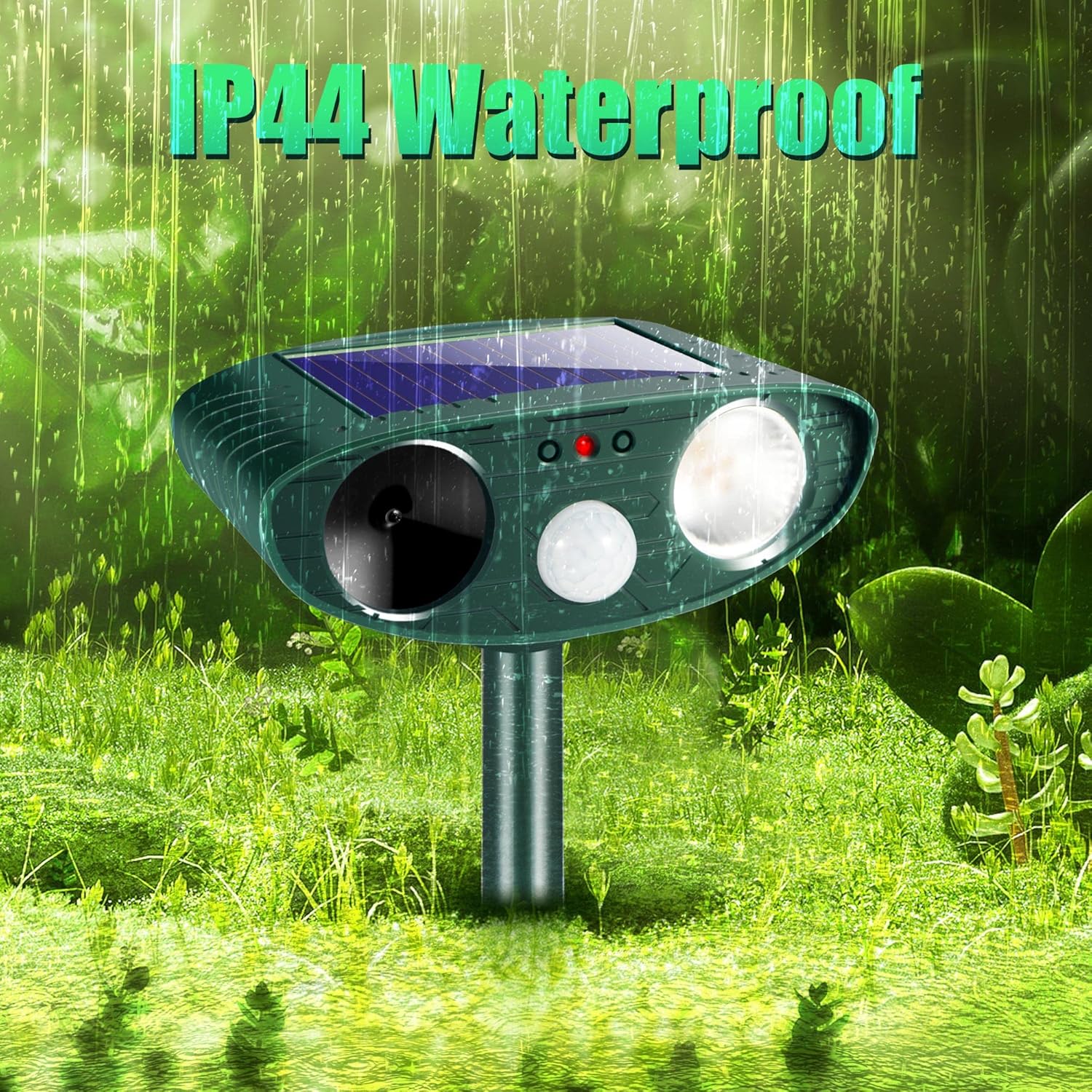
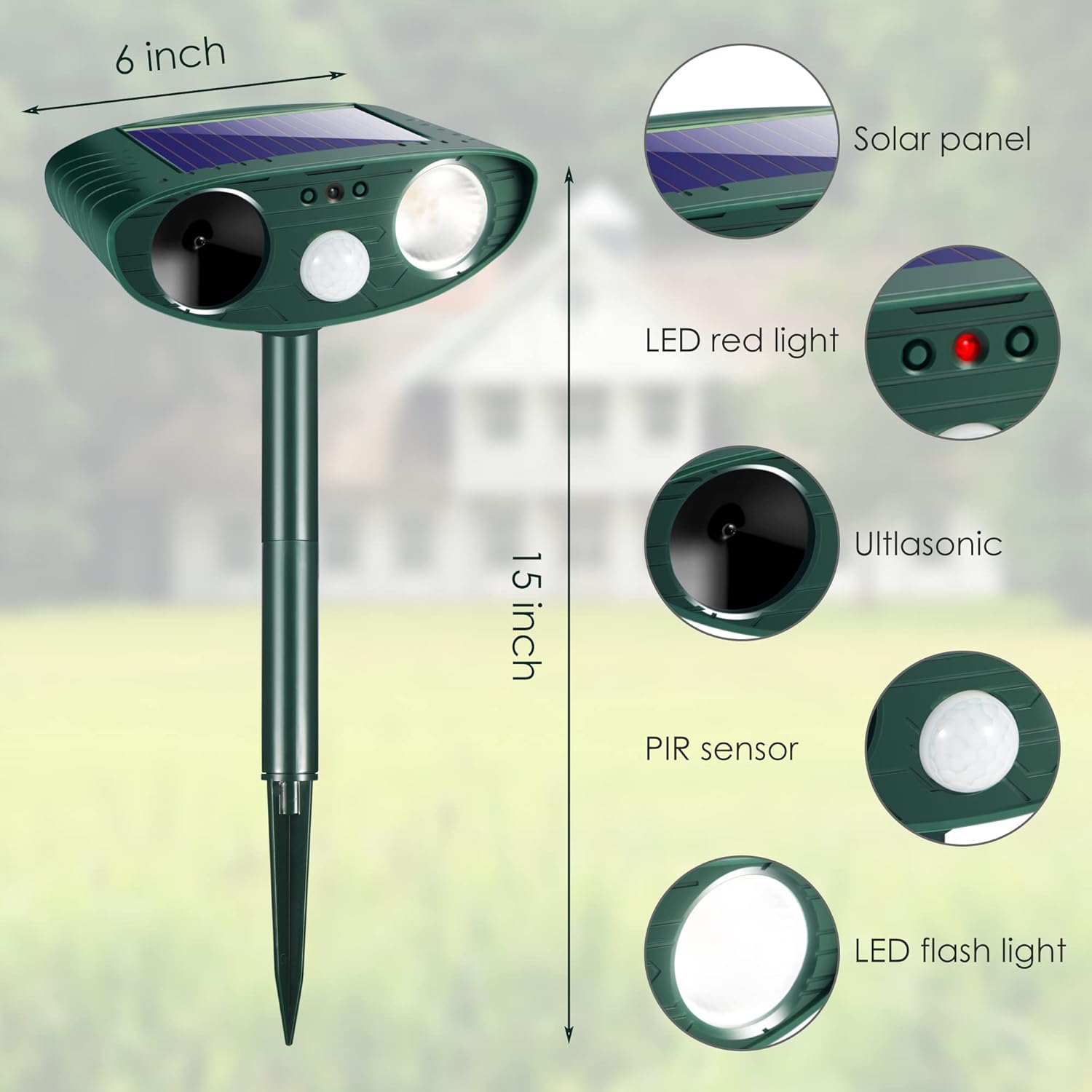
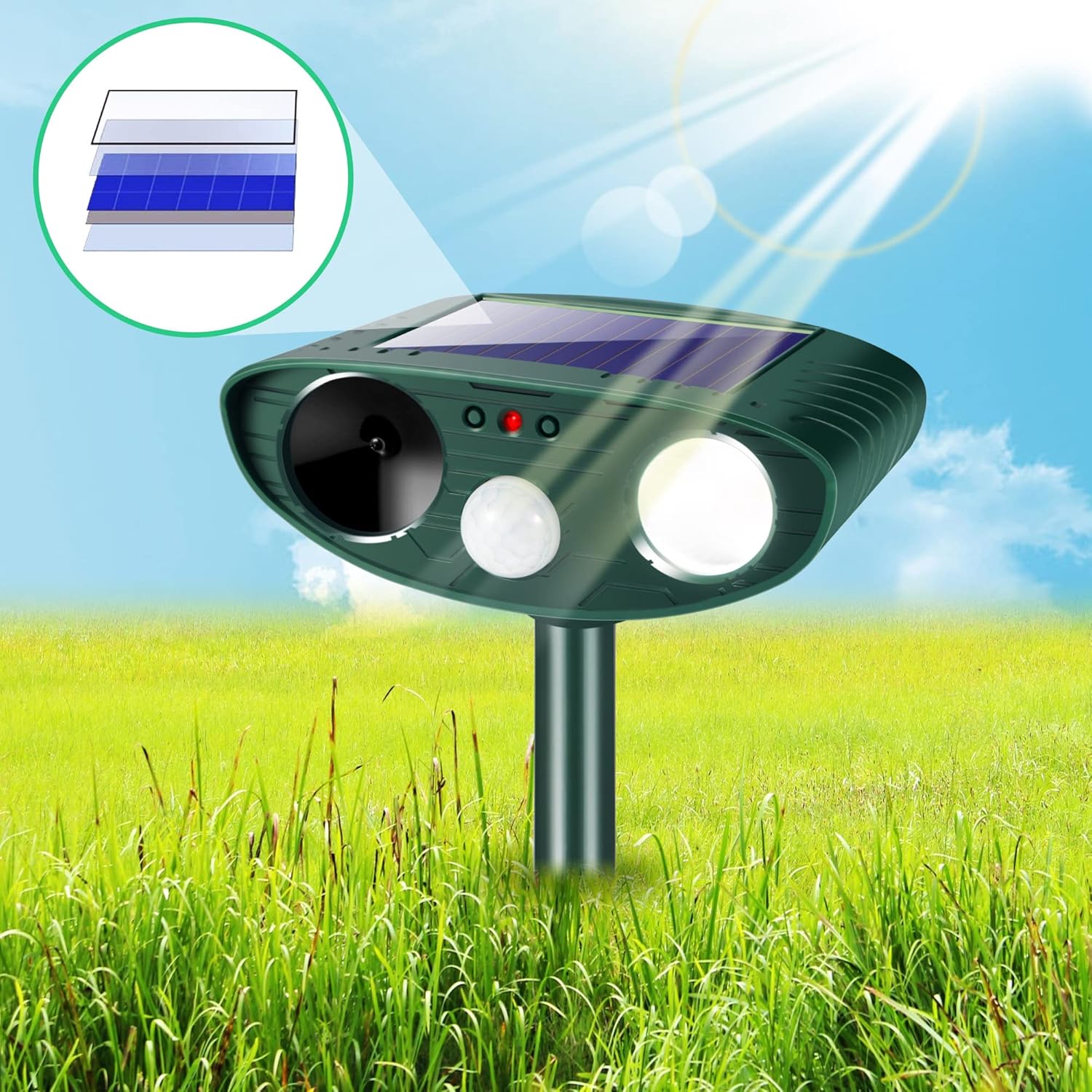
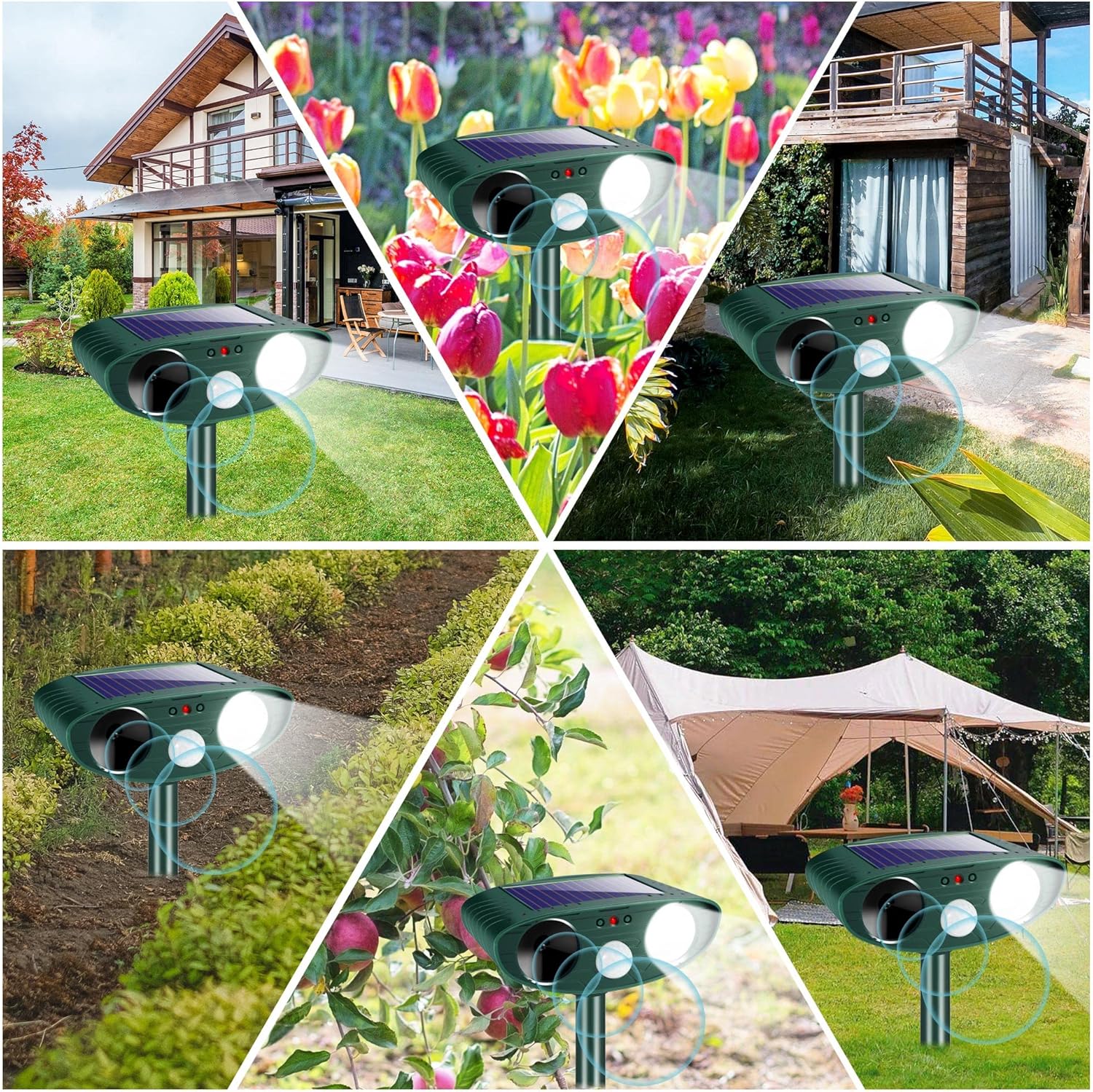
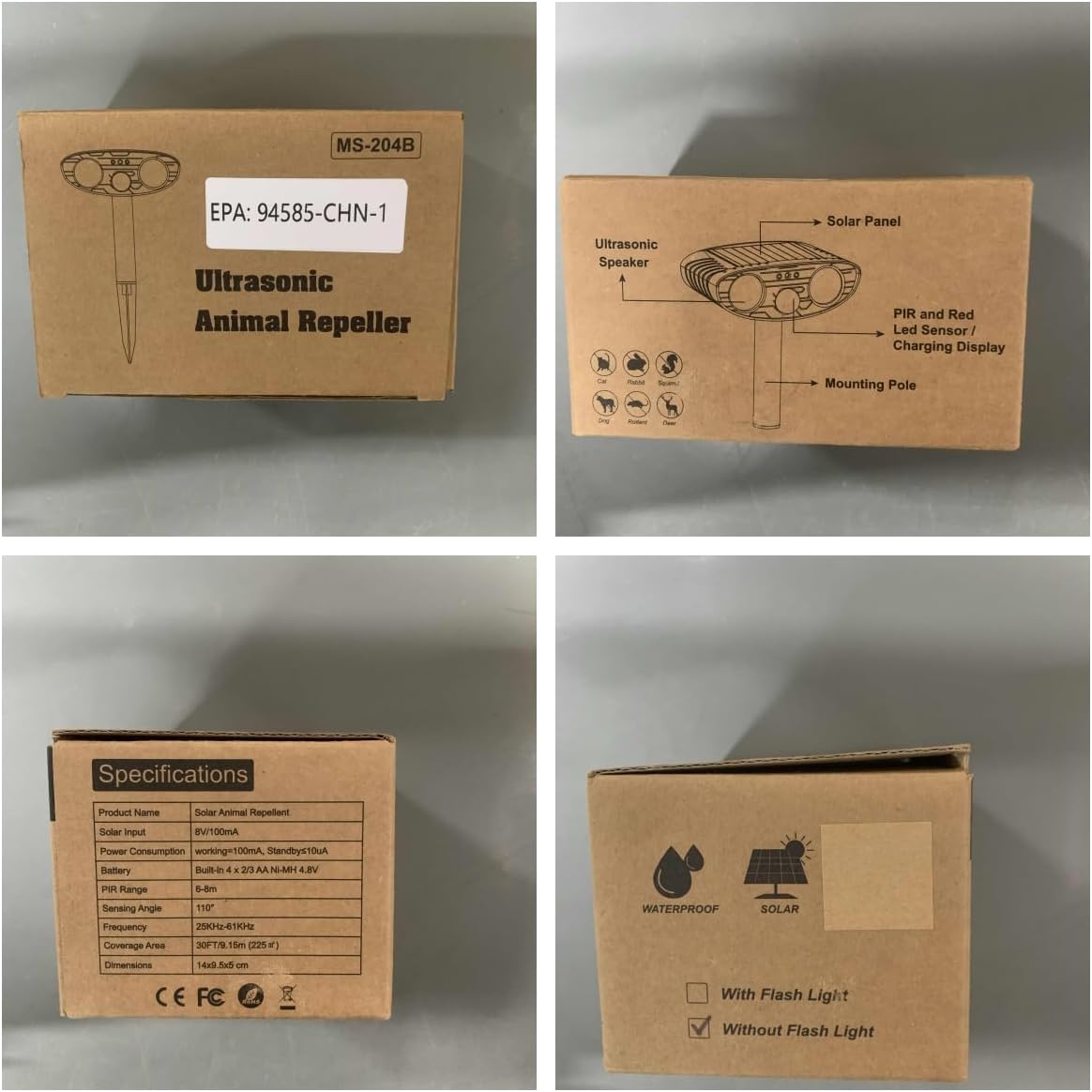
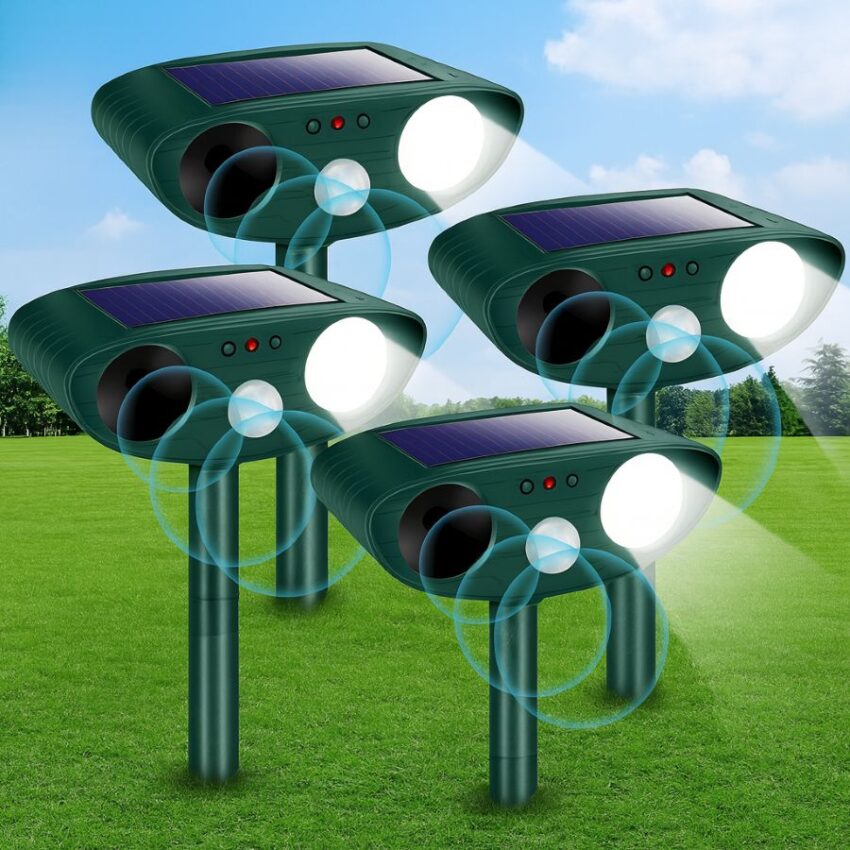
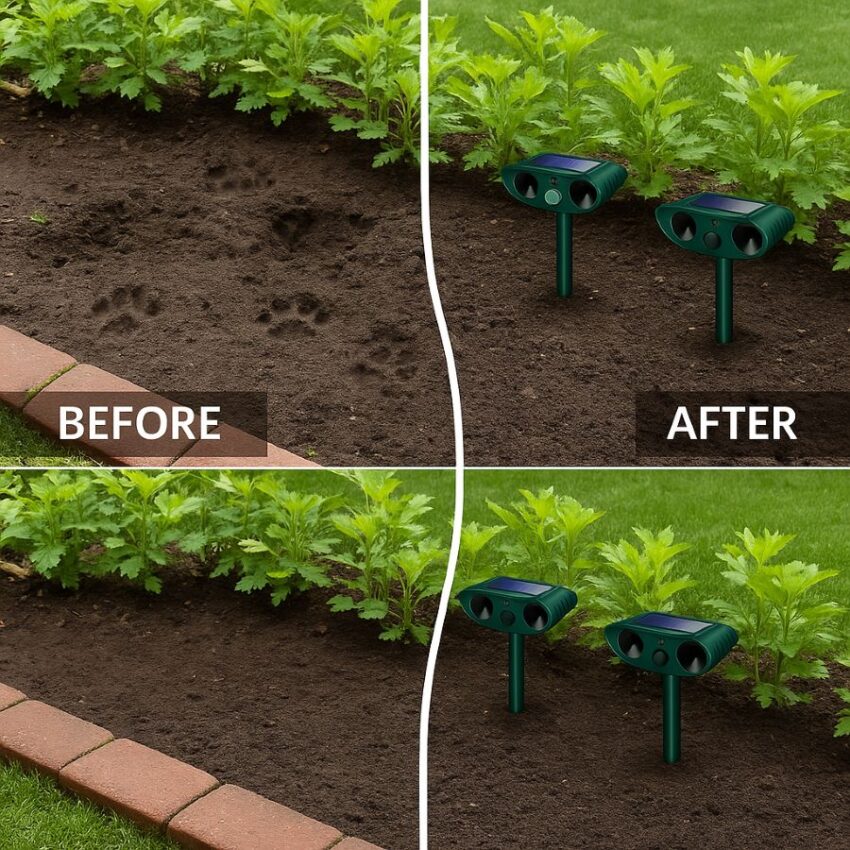
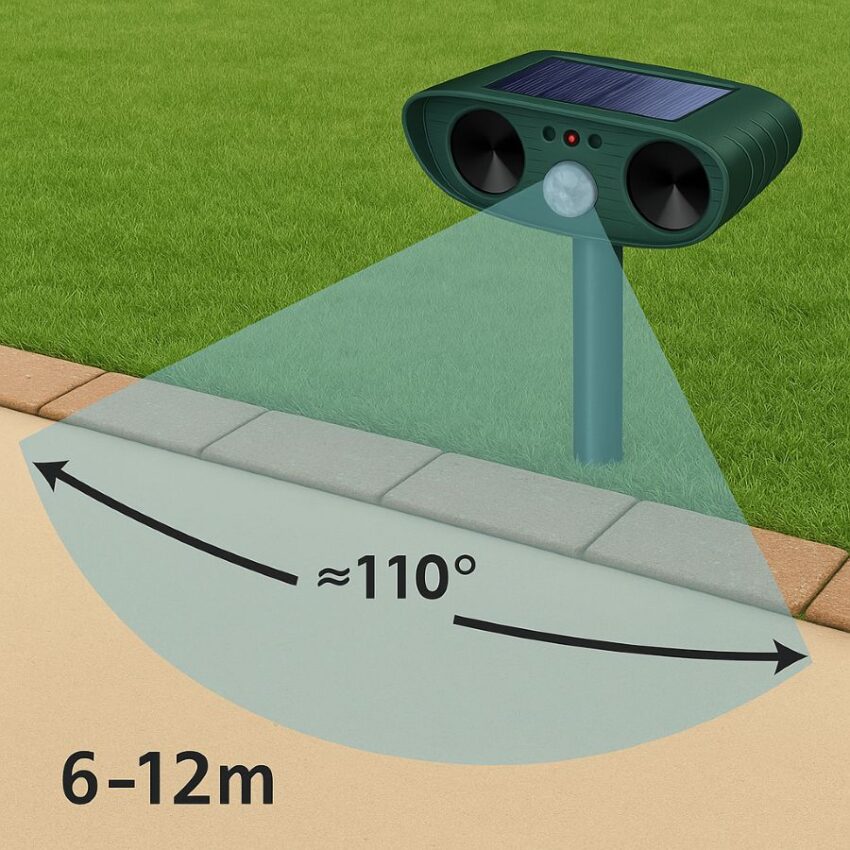
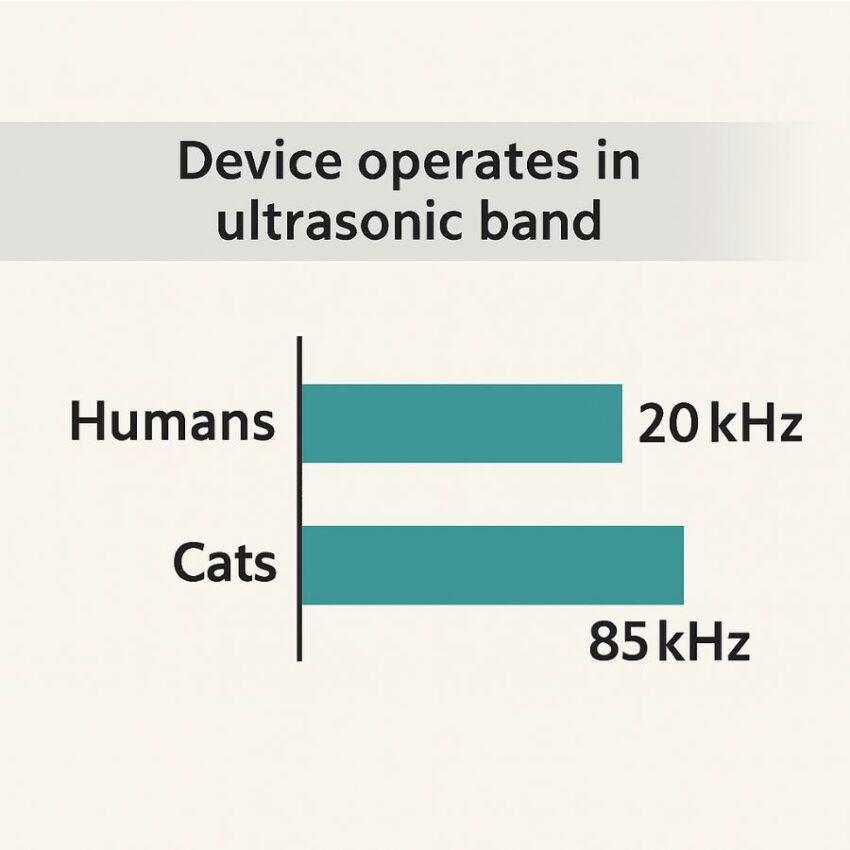
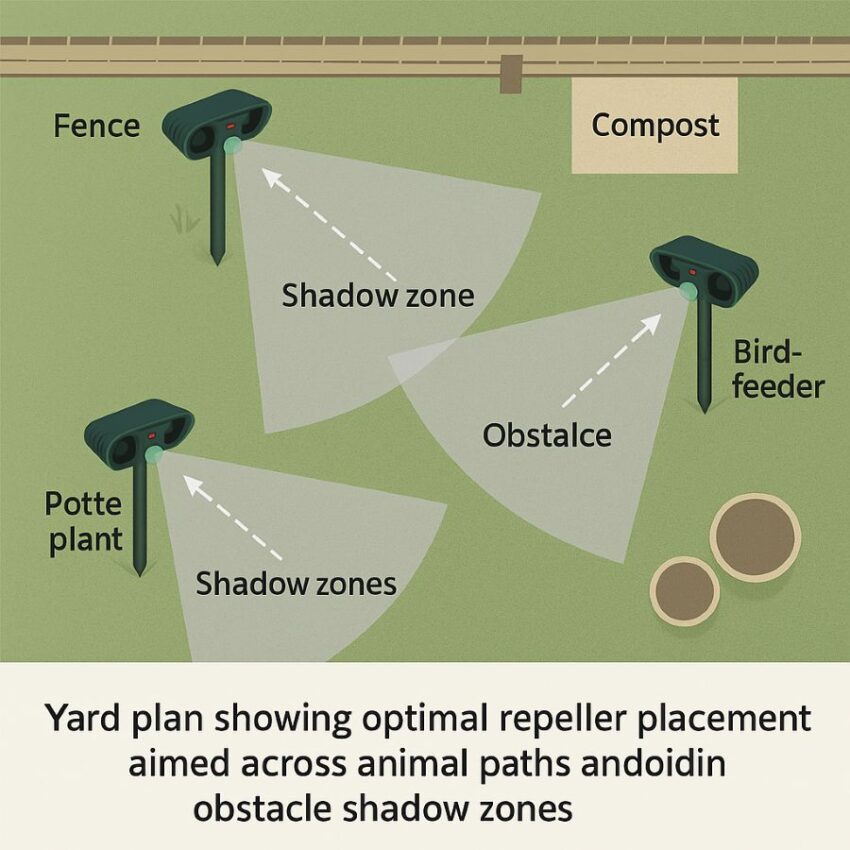
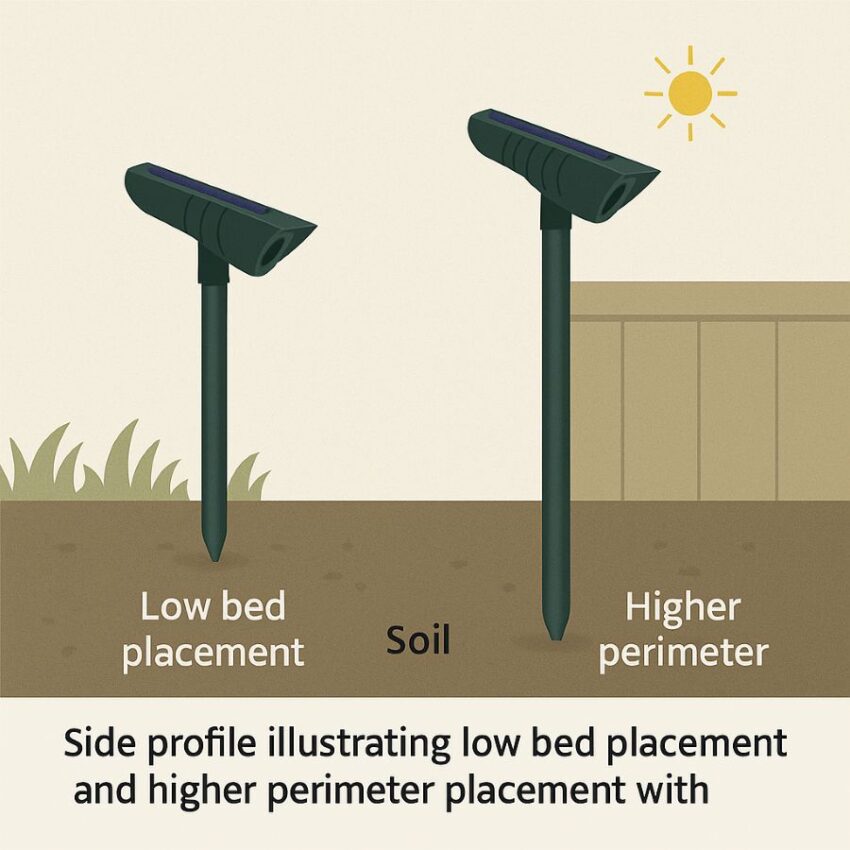

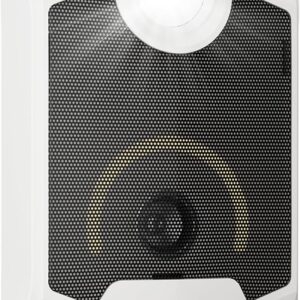
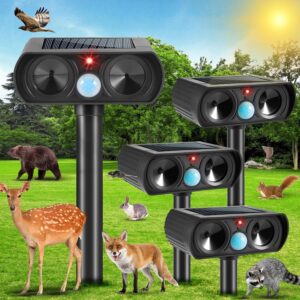
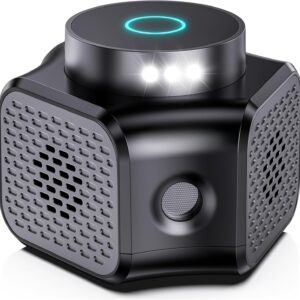
Reviews
There are no reviews yet.